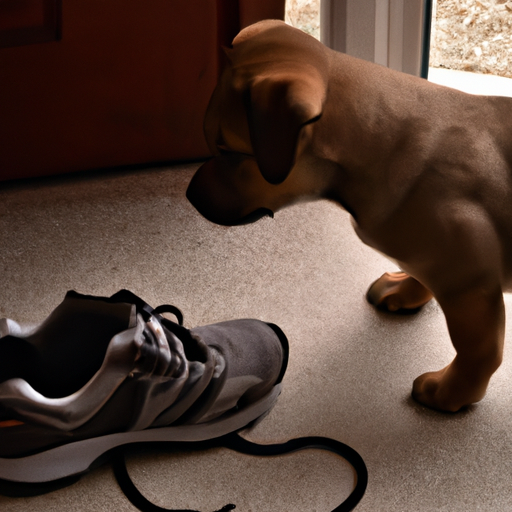As a caregiver to a new puppy, you may find yourself asking one crucial question: “when can I take my puppy for a walk?” This is a question that requires careful consideration, not just in terms of your puppy’s age, but also their vaccination status, socialization, and physical condition. This article aims to provide a comprehensive answer, ensuring your puppy’s first walks are safe, enjoyable, and beneficial to their development.
1. Understanding the Importance of Vaccinations
Before we dive into the specifics, it’s essential to understand the role vaccinations play in your puppy’s life. Vaccinations are designed to protect your puppy from diseases that can be fatal or lead to serious health complications. Some of these diseases can be contracted during walks, hence the importance of ensuring your puppy is fully vaccinated before venturing outdoors.
It’s recommended to wait until your puppy has had all their vaccinations before taking them for a walk. This is usually around the age of 14 to 16 weeks. However, this might vary depending on your vet’s advice and your puppy’s health status.
| Age of Puppy | Vaccination Status | Can they go for a walk? |
|---|---|---|
| 8 weeks | First set of shots | No |
| 12 weeks | Second set of shots | No |
| 16 weeks | Fully vaccinated | Yes |
2. The Importance of Socialization
While it’s important to wait until your puppy is fully vaccinated before going for walks, socialization shouldn’t be delayed. Socialization is the process of exposing your puppy to a variety of experiences, environments, and beings. This includes other dogs, people, children, noises, and different surroundings.
From the age of 3 to 12 weeks, puppies are in their prime socialization period. During this time:
- Carry your puppy to public places and let them observe their surroundings.
- Allow them to interact with family and friends in your home.
- Expose them to different sounds, smells, and textures.
While doing this, ensure you’re creating positive experiences for your puppy to build confidence and facilitate their adaptation to various situations.
3. Preparing for the First Walk
When the time finally comes for the first walk, there are a few things to keep in mind:
-
Choose the Right Leash and Collar: Ensure you have a comfortable, well-fitted collar and a sturdy leash. A harness might also be a good idea for puppies, as it provides more control and evenly distributes pressure.
-
Practice Indoor First: Before heading out, practice walking your puppy indoors. This helps them get used to the leash and collar.
-
Plan a Short, Calm Route: For the first few walks, choose a quiet, less crowded place. Too much stimulation can overwhelm your puppy.
4. Walking Your Puppy: Do’s and Don’ts
Walking your puppy isn’t just about physical exercise; it’s also about mental stimulation and training. Here are some do’s and don’ts:
- Do keep walks short and frequent. Puppies have lots of energy but get tired quickly.
- Do let your puppy explore and sniff around. It helps them understand their environment.
- Don’t force your puppy to walk if they seem scared or overwhelmed. Patience is key.
- Don’t let your puppy interact with unvaccinated dogs or wildlife.
5. Common Questions about Walking Your Puppy
Q: How long should walks be for my puppy?
A: A general rule is five minutes of exercise per month of age, up to twice a day.
Q: Can I take my puppy out in my garden before vaccinations?
A: Yes, providing no unvaccinated dogs have access to it.
Q: What if my puppy seems scared during walks?
A: Go slow, be patient, and aim for positive experiences. Short, frequent walks are better than long, infrequent ones.
Your puppy’s first walks are more than just bathroom breaks or exercise opportunities. They are crucial for their development and well-being. By ensuring they are fully vaccinated, properly socialized, and comfortably introduced to the experience, you’re setting the foundation for a lifetime of enjoyable walks together.



